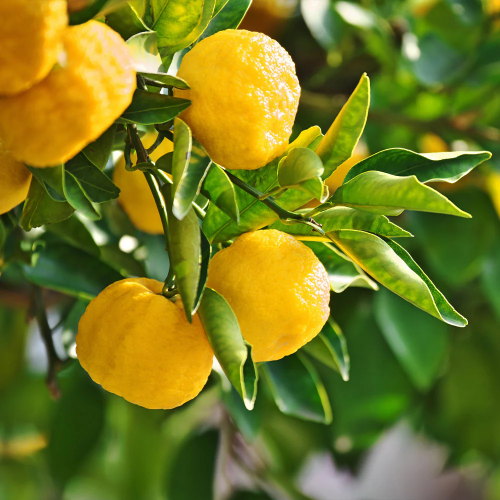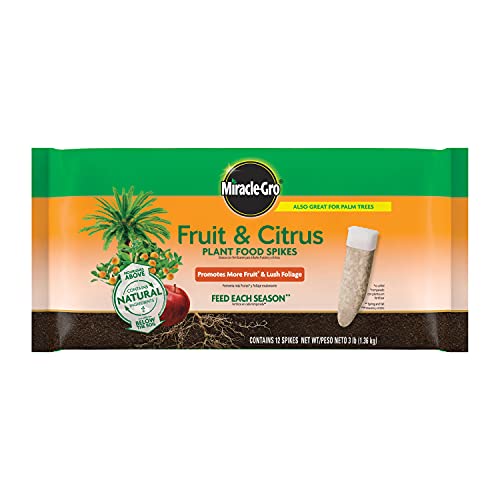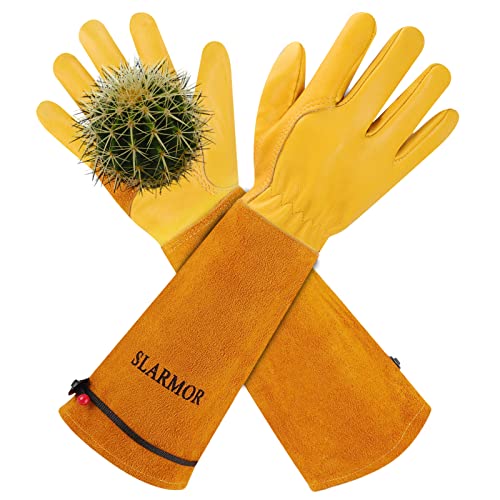How to grow yuzu – for an attractive and fragrant cold-hardy citrus tree with golden fruits
A fruit tree expert reveals planting and care tips for successfully growing yuzu

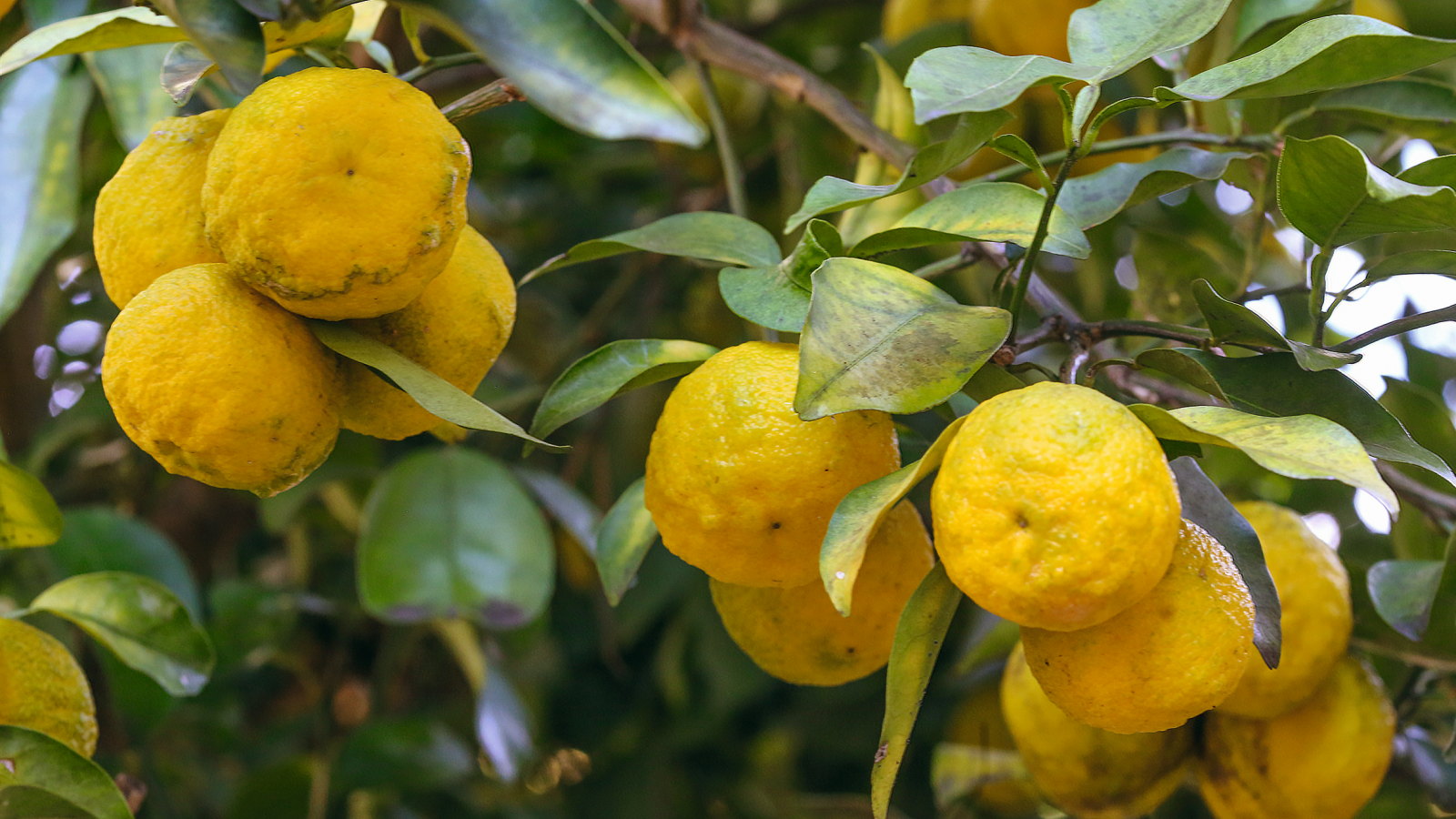
Yuzu is a unique citrus tree that is common in Japanese cuisine. The tart juice and rind of the fruit, which has a flavor like a mix of lemons, grapefruits, and mandarins, can be used in sweet and savory dishes or added to cocktails.
While not as widely known as other citruses, yuzu is a more cold-hardy citrus tree. Depending on your climate, yuzu trees can be grown outdoors or in containers for homegrown harvests of fragrant golden-yellow fruits. Once established, the trees can deliver harvests of ripe fruits in late fall to early winter
If you are looking for a quirky fruit tree to add to your garden, yuzu is both productive and ornamental. The dark, glossy foliage is attractive, and its highly fragrant leaves, flowers, and fruit can fill a space with citrus notes. To delve more into how to grow yuzu, I spoke to a fruit tree expert about planting and maintaining these distinctive citrus trees.
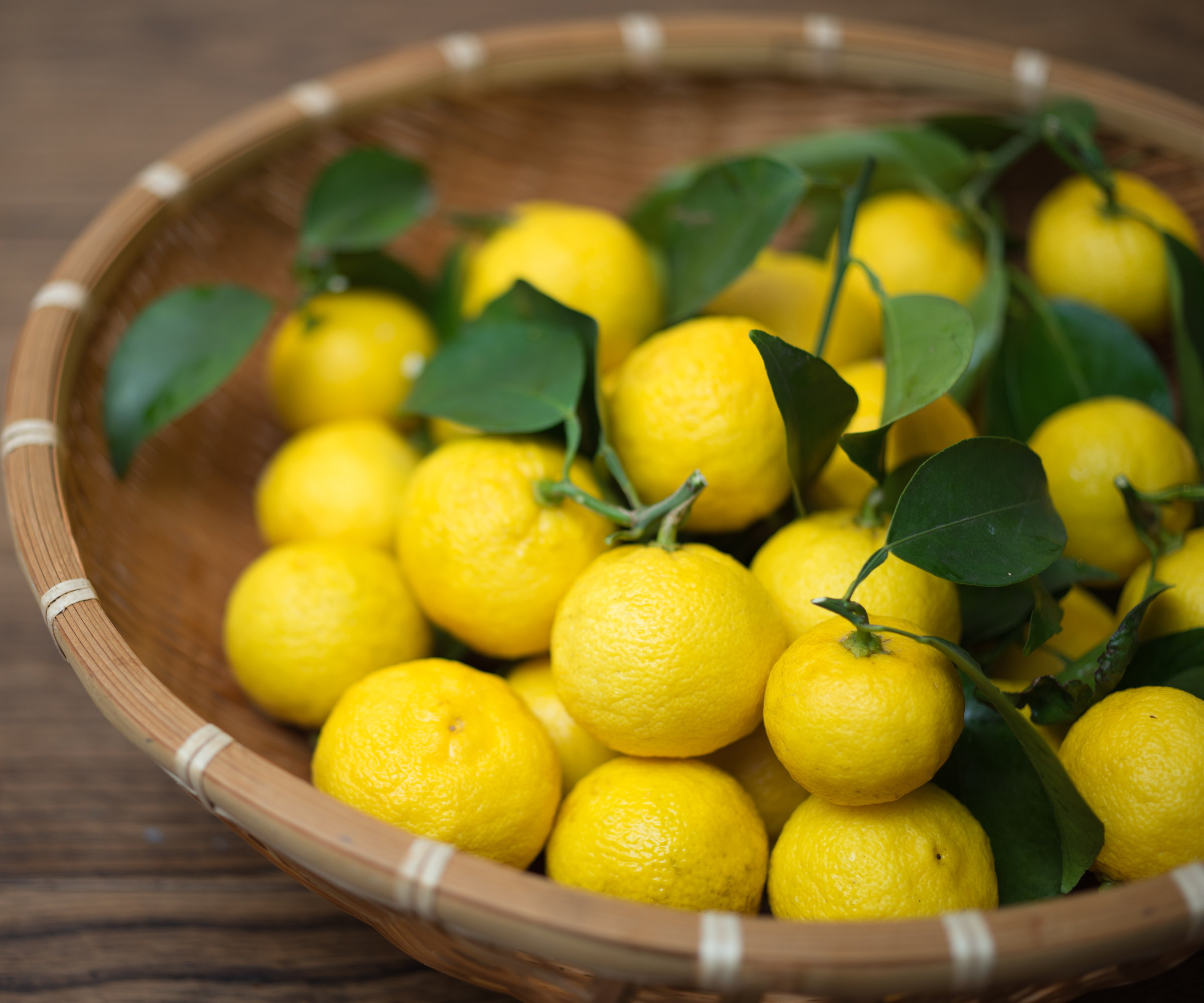
How to grow yuzu – an expert guide
Yuzu (Citrus junos) is the name for both the fruit and the tree. A yuzu tree is an evergreen citrus tree that originated in central China as a hybrid between a mandarin orange and the Ichang papeda citrus.
The ornamental tree can range in height from 5-20 feet, depending on the rootstock, and has glossy, highly aromatic leaves and yellow or orange fruits with dimpled skin that ripen in winter. As yuzu trees are self-fertile, you only need one to get flowers and fruit.
How to grow yuzu – planting tips
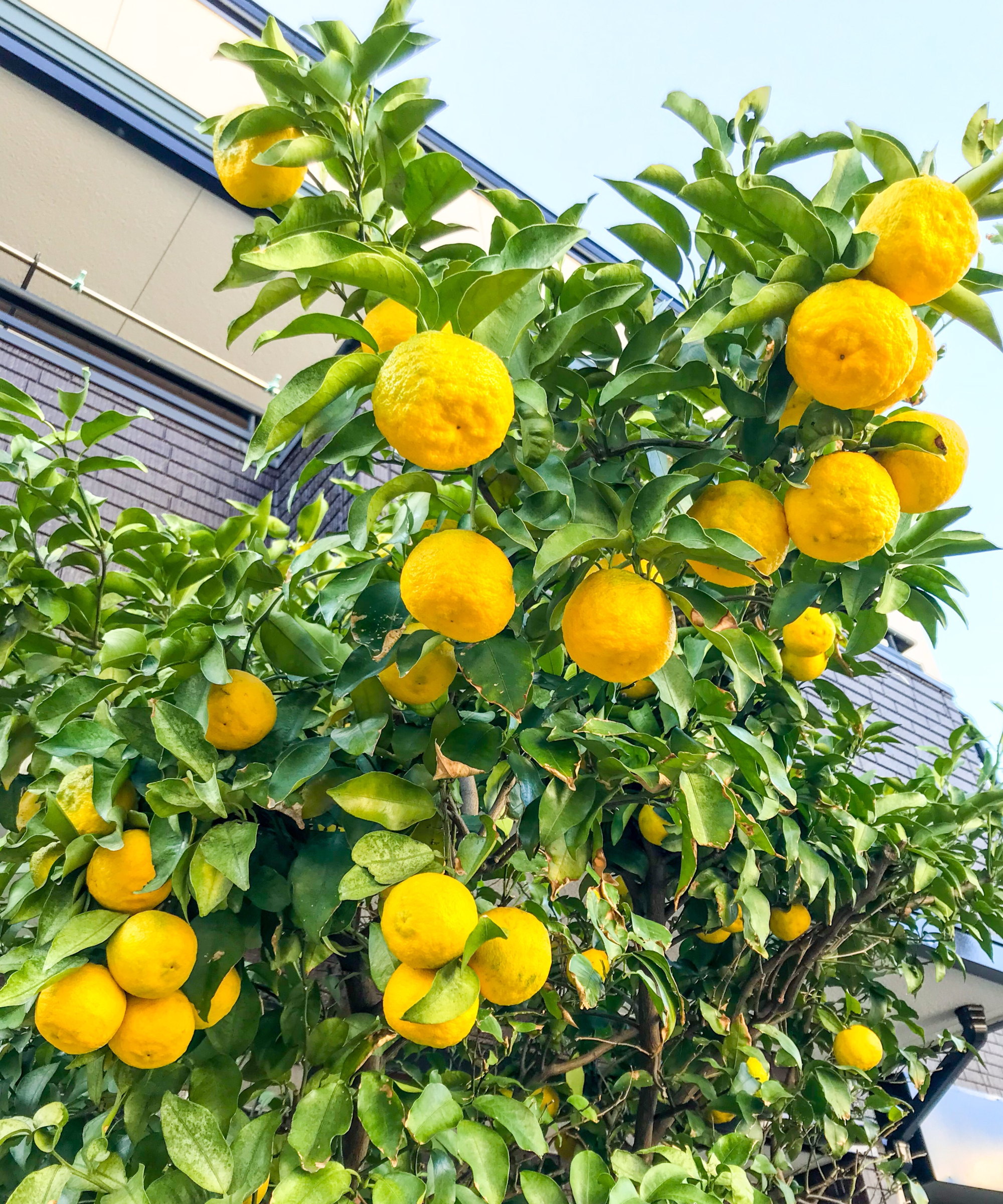
Yuzu trees are more cold-hardy than other citrus trees and can tolerate temperatures around 0°F. They can tolerate short cold periods, but prolonged low temperatures will damage the trees.
The fruit trees can be grown outdoors year-round in US hardiness zones 9 and above. If you are in a US hardiness zone 8 or below, where temperatures go below 40°F for long periods, you can grow the fruit tree in pots to move indoors during the colder months.
Design expertise in your inbox – from inspiring decorating ideas and beautiful celebrity homes to practical gardening advice and shopping round-ups.
Sydni D'Amico, a plant expert at Fast Growing Trees, claims that yuzu trees do prefer temperature levels of 50-85°F and should only be subjected to anything outside this range for brief periods.
'To get the most flowers and fruit, it is best to keep your yuzu tree in full sun (6-8 hours per day is best), but it can also thrive in partial shade,' says Sydni. 'If you live in a location with intense summer temperatures, partial sun is recommended to protect your yuzu tree from sun scorching.
'Alternatively, you can use a shade cloth over the tree to protect it during the summer if needed.'
You can get yuzu trees from specialist nurseries as container-grown plants. Pay close attention to the rootstock to ascertain the final size of the tree, and opt for dwarf rootstocks if you intend to grow it in a container.
The ideal time to plant the fruit tree is in early spring when the temperatures are rising. Pick a sunny spot with fertile and well-draining soil to prevent waterlogging. Yuzu trees do not like sitting in wet ground, so adding organic matter before planting adjusts the structure and boosts fertility.

Sydni D'Amico is a plant expert at Fast Growing Trees. Her love of horticulture began at a young age in her father’s extensive vegetable garden. After graduating from Texas State University, she worked in various horticulture fields. She has hands-on experience in organic composting, organic gardening, fine gardening, and landscape design, along with a passion for plants.
How to grow yuzu – care tips
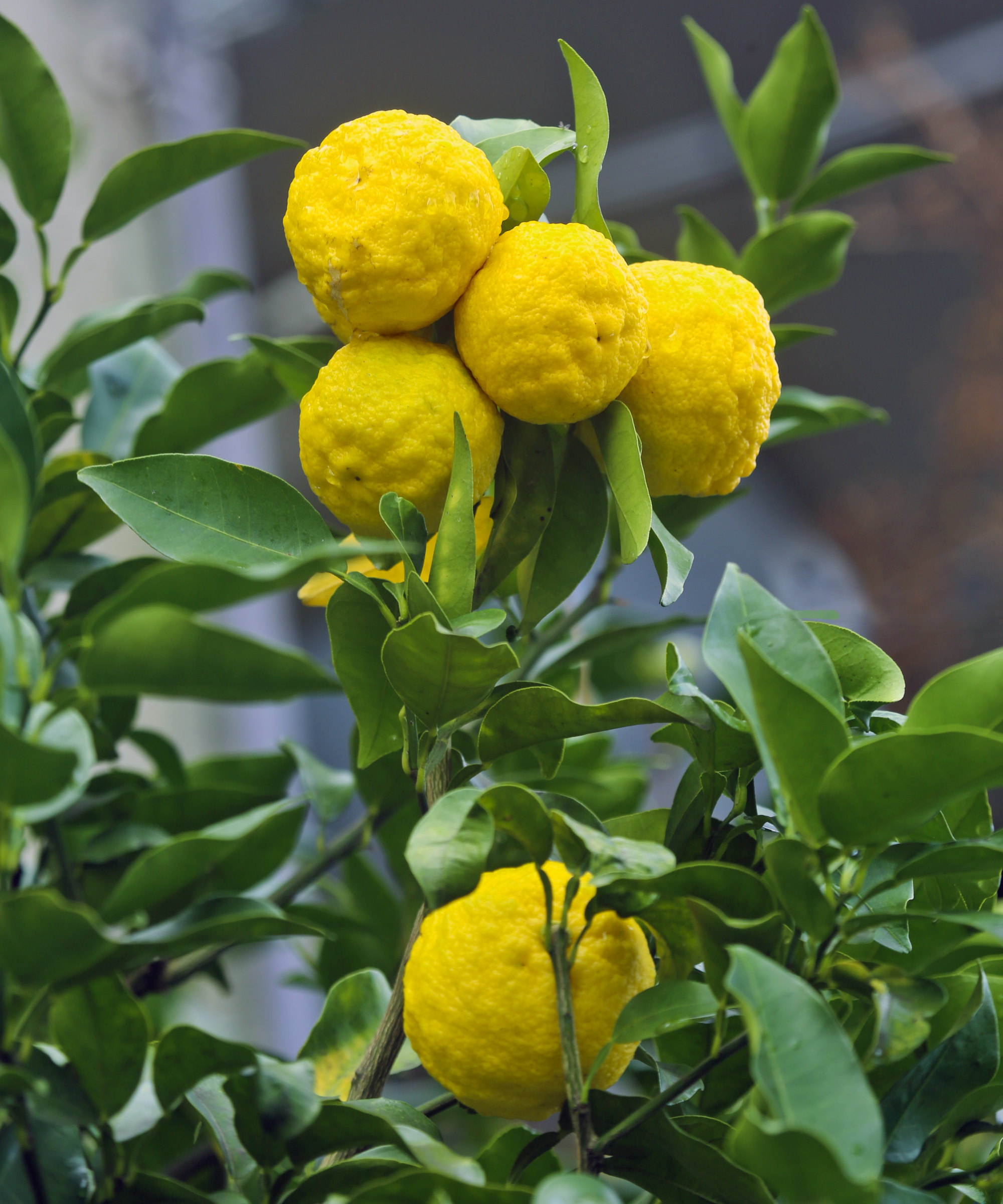
- Watering - Yuzu can tolerate brief dry periods but prefers consistently moist soil. Pay close attention to when to water plants and give yuzu regular deep watering at least once a week to keep the soil moist in summer. Use a soil moisture meter, available at Amazon, to determine when to water citrus trees and avoid overwatering plants. Yuzu will require regular watering from spring to fall during dry periods, but rainfall can often provide enough moisture during the colder months.
- Fertilizing - It is important to fertilize citrus trees throughout the year for healthy plants and strong flowering and fruiting. Use a feed specially formulated for citrus trees and always use it per the manufacturer’s instructions. Feed plants at least twice a year, in spring and summer, while trees in containers will require a more frequent feeding schedule.
- Pruning - Pruning citrus trees regularly keeps the plant healthy and promotes strong branching. It also allows more light and air into the canopy, which keeps the tree healthy and benefits fruiting. Sydni D'Amico advises that the best time to prune yuzu is early spring, after the last frosts. 'You should prune off any dead branches or branches showing signs of fungus/disease. It is also important to prune off any water sprouts, as they will take nutrients and energy away from the main portion of the tree,' says the expert. 'If any branches are growing vigorously and become leggy, you can prune them down to keep the canopy a uniform shape and to encourage the tree to redirect the energy to other branches.' Ensure your pruning tools are clean and sharp to preserve the tree’s health, and always wear thornproof gardening gloves as yuzu trees are renowned for their thorns.
- Harvesting - Yuzu trees flower in late spring, from April to May. They are self-fertile trees and will produce fruit on their own; however, hand-pollinating plants with a small paintbrush can help boost your crop. The fruits develop during summer and ripen in late fall to early winter. 'The fruits ripen to a golden-yellow color, a signal that they are ready for picking, and have a diameter of 2-4 inches,' says Sydni D'Amico. 'Another sign the fruits are ready to pick is when they become slightly firm to the touch; blemishes on the rind, such as small dark spots or stains, are also considered to be a signifier of ripe fruit.'
FAQs
Can you grow yuzu in containers?
Yuzu is not one of the easiest fruit trees to grow in pots, but you can cultivate a compact variety of yuzu in large containers or planters in cooler climates.
Some important pointers to get right with containers include planting yuzu in a potting soil formulated for acid-loving plants – such as this planting soil for acid-loving plants at Amazon – and regularly watering containers when the top two inches of the soil is dry until you see water coming out of the drainage holes.
Yuzu in pots also need feeding every 4-6 weeks with a liquid citrus fertilizer in spring and summer, changing to every two months in fall and winter. An example of such a feed is this citrus fertilizer at Walmart, specially formulated for all citrus.
Protect the container plant from winter weather and cold temperatures by bringing your yuzu indoors once the temperatures get down to around 40°F.
Can you grow yuzu indoors?
If you want to grow yuzu as an indoor fruit tree, it needs a warm and bright environment, such as in a greenhouse, conservatory, or porch. Make sure any spot gets at least six hours of sunlight each day, and plants are away from extreme temperature fluctuations from heating ducts or air conditioners. Indoor trees require regular misting to raise humidity, especially during the winter.
If you are after a different tropical fruit tree native to China or Japan, consider growing a loquat tree. A loquat (Eriobotrya japonica) is a compact fruit tree that can be pruned to maintain a smaller size, making it a great choice for urban gardens. Loquat trees can be grown outdoors in US hardiness zones 8-11, or dwarf varieties cultivated in containers to move indoors for winter.
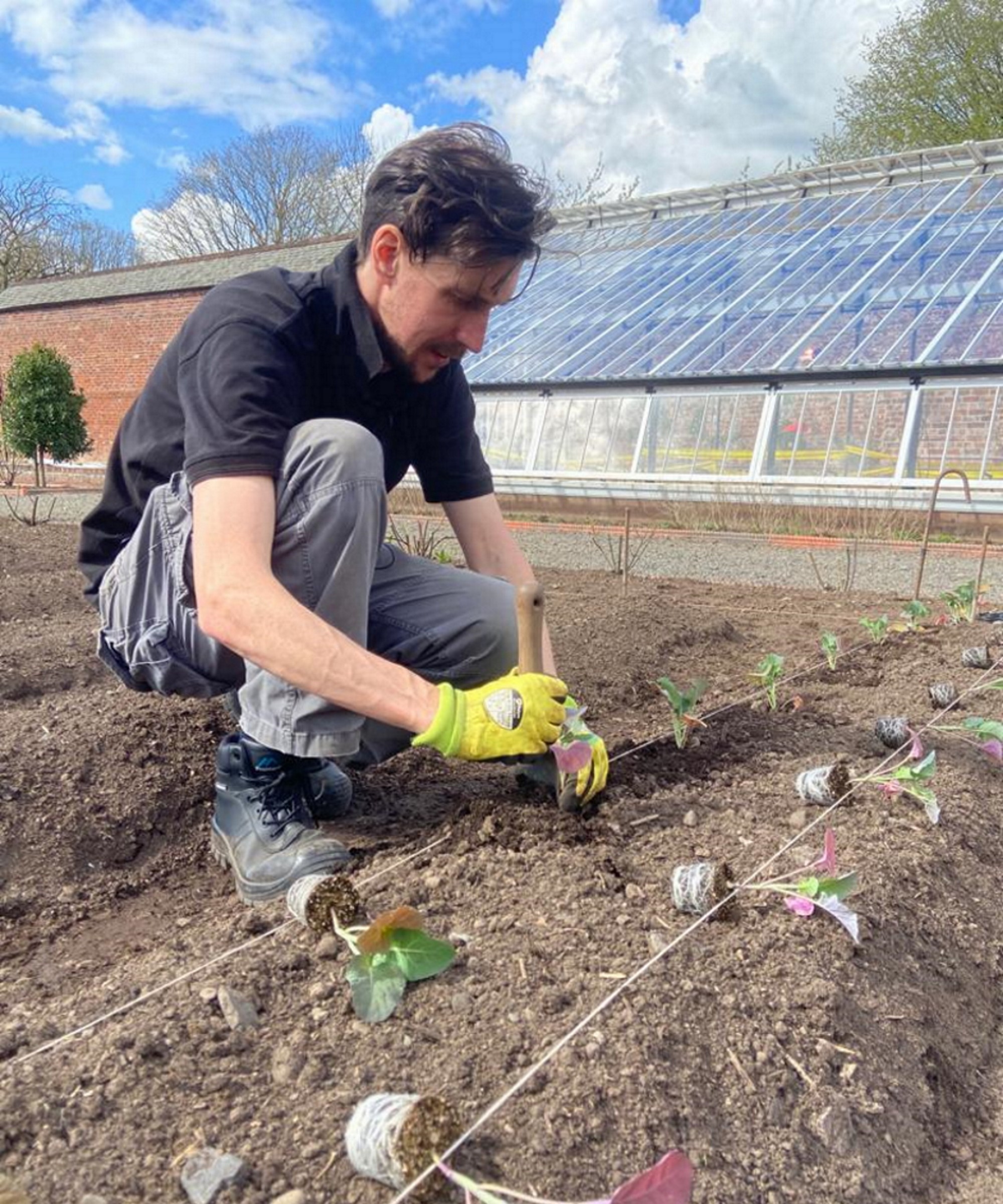
Drew has worked as a writer since 2008 and was also a professional gardener for many years. As a trained horticulturist, he worked in prestigious historic gardens, including Hanbury Hall and the world-famous Hidcote Manor Garden. He also spent time as a specialist kitchen gardener at Soho Farmhouse and Netherby Hall, where he grew vegetables, fruit, herbs, and cut flowers for restaurants. Drew has written for numerous print and online publications and is an allotment holder and garden blogger. He is shortlisted for the Digital Gardening Writer of the Year at the 2025 Garden Media Guild Awards.
